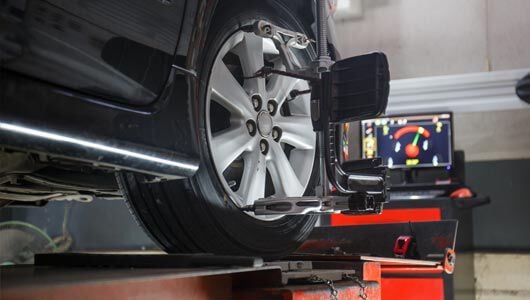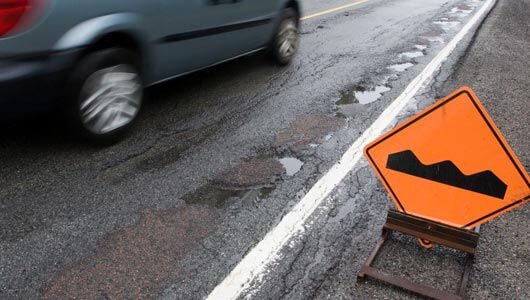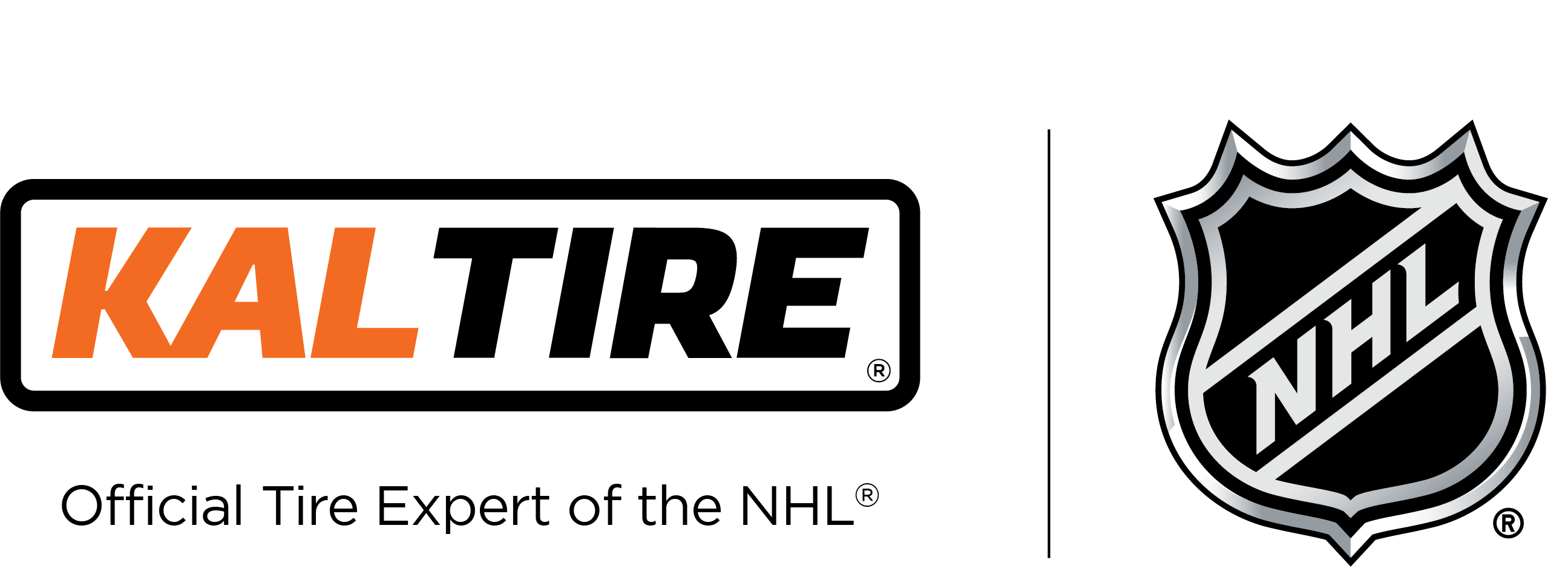How can potholes damage your vehicle and tires?
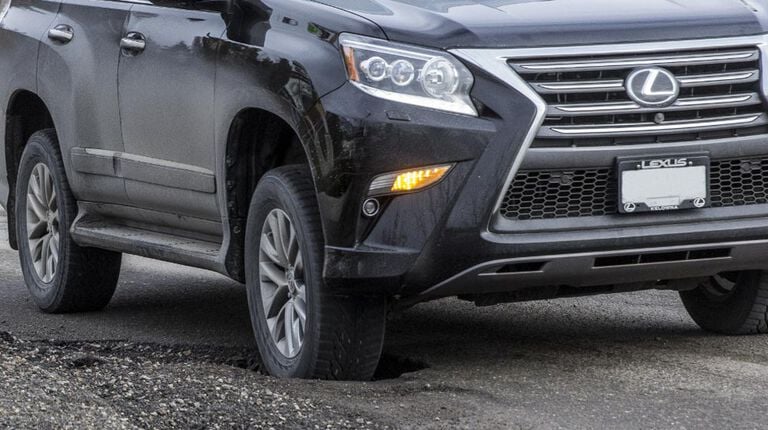
For many Canadian communities, one of the telltale signs of spring is potholes. And more potholes. Are you aware of how potholes can damage your vehicle, or how that damage can impact your safety on the road?
With just one bad hit to the wheel—or a lot of little hits to the wheel—potholes can damage your vehicle’s:
- Alignment
- Suspension
- Tires
Whether you hit a pothole head-on, or you react in time to partially avoid one, it can cause damage. Two things will typically affect the extent of the damage:
- The speed at which you hit the pothole
- The depth of the pothole
While some forms of damage will be immediately apparent—such as tire failure—other times you might not even know there’s something wrong. However, over time, you might start to notice that your vehicle rides a little bumpier, or handles less precisely.
What does that mean for your road safety? How much damage can potholes do to your vehicle’s alignment suspension and tires? Let’s take a deeper look at the impact of pothole vehicle damage.
How can pothole damage affect your vehicle and tires?
Tires
Pothole season takes the hardest toll on your tires. This can lead directly to uneven wear and tire damage.
Because many run-ins with potholes occur on the sidewall or face of your tire, which can’t be repaired, a bad pothole hit can mean the end of your tire’s life.
A significant enough blow can bend a rim. This can result in a poor seal between the rim and the tire, which can cause air leaks and flat tires.
As part of your annual spring maintenance, or during your winter tire change, perform a tire inspection (or have us do it!) to check for signs of unusual wear and damage on the sidewalls and tread.
When you hit a pothole, your tires take the first hit, but the force carries on to your wheels, shocks and front-end components.
Alignment
When your vehicle hits a pothole, it’s at risk of becoming misaligned—or no longer square to the vehicle, possibly in one of these ways:
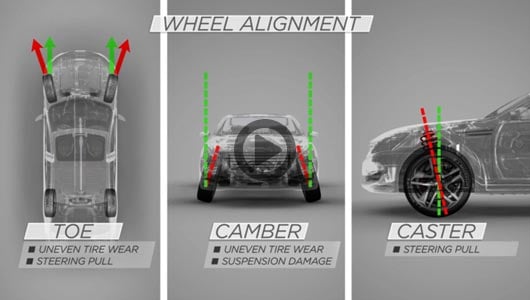
Alignment problems caused by potholes can lead to unpleasant and potentially unsafe complications such as:
- Vibrations
- Poor steering
- Premature or irregular tread wear
If you notice that your vehicle is ‘pulling’ to one side while driving, it’s usually an indication that your vehicle is misaligned. This can increase the cost of operating your vehicle because you will have to replace your tires more frequently. This condition also affects safety and contributes to driver or fatigue.
A computerized wheel alignment ensures all four wheels are parallel and sitting flat on the road, and that your steering wheel is centered. This ensures you’re driving straight and reducing tire wear.
Suspension
Your vehicle’s suspension system is designed to:
- Support the vehicle’s weight
- Absorb and dampen shock
- Ensure constant tire contact with the road
When a vehicle drives over a pothole, the initial force on the tire is transferred to the components of the suspension system (springs, shock absorbers, linkages, etc.). Repeated jolts caused by potholes accelerate wear and tear of your suspension, while decreasing its performance.
As mentioned, the effect might not be recognizable at first, but over time, you might notice that your vehicle no longer absorbs bumps like it used to. It might even begin to bounce.
If a pothole is deep enough, and you hit it with enough force, the resulting compression of your suspension can cause your vehicle to make contact with the road surface. The extent of the damage could range anywhere from a scratched undercarriage to broken mechanical components.
What are the best ways to help reduce pothole damage?
Try to drive around potholes, but only if you’re able to safely change lanes in good time. If you pass the same pothole every morning, try to avoid that lane or side of the road without swerving and putting you and other drivers in danger. Plus, swerving and then hitting the pothole at an angle can actually damage your suspension more than just driving over a pothole head-on.
Slow down. If you’ve come upon a pothole suddenly but you can’t change lanes, there’s no avoiding it. All you can do is minimize potential damage and keep yourself safe by slowing down.
Avoid curb lanes and pools of water. Because of how roads drain, curb lanes are a popular site for potholes, as are deep puddles, which can hide potholes.
Use mobile apps to avoid potholes and report them. Several Canadian cities now use apps that show drivers where potholes are so you can avoid them. Of course, you’ll want to look those up before you head out on the road. If you spot a pothole, be sure to report it to your municipality so they can send crews out to repair it.




